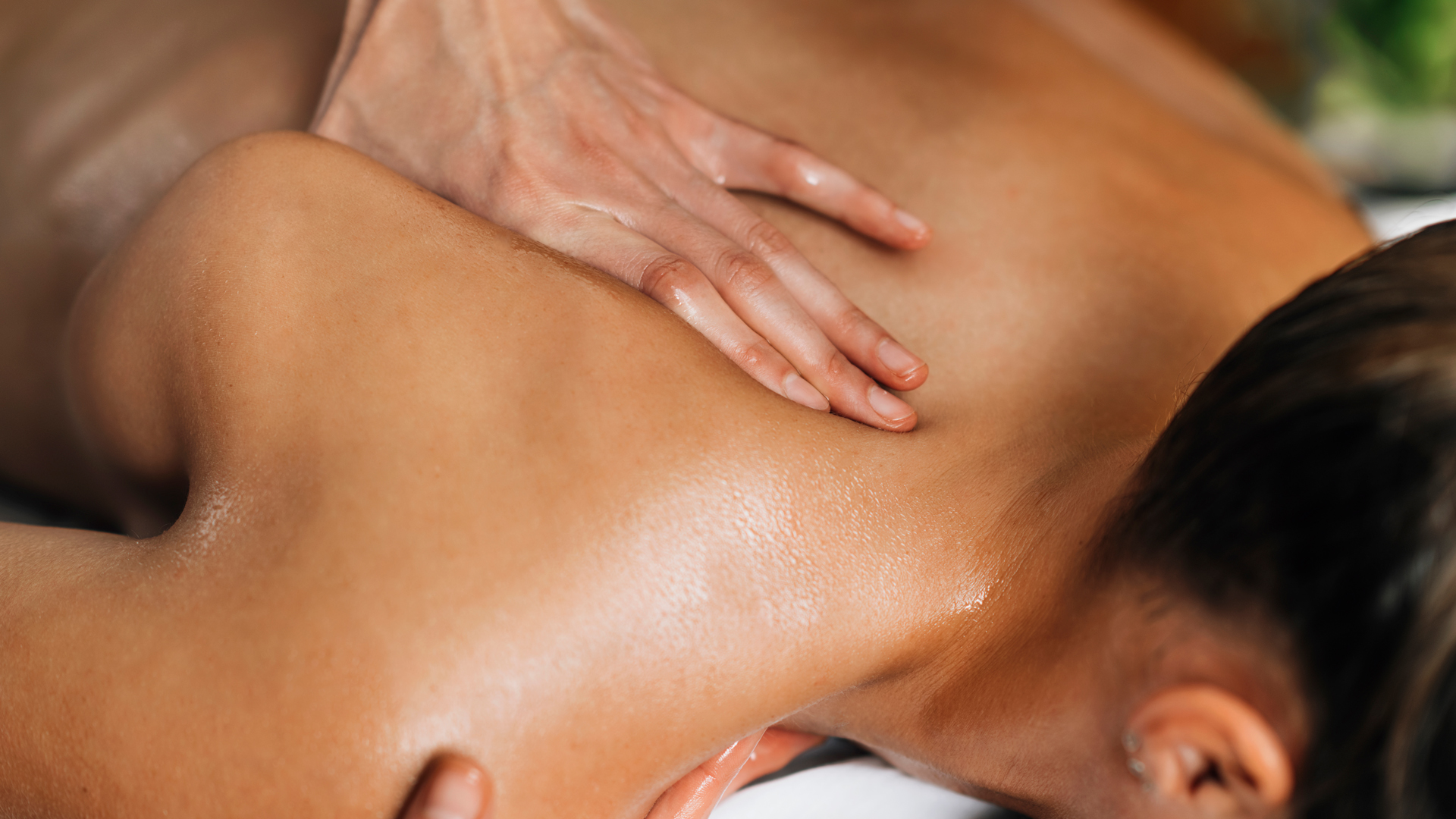Does massage help arthritis?
Arthritis pain can be a daily struggle, but it doesn't have to take over your life. We look at whether massage can help arthritis

Living with constant join pain may have you wondering – does massage help arthritis? Arthritis can be a frustrating and painful condition. Its main symptoms are chronic joint pain and stiffness, which can make daily movement difficult and uncomfortable.
There are two types of arthritis: osteoarthritis, which results in the breakdown of the cartilage that protects the joints, and rheumatoid arthritis, in which the immune system mistakenly targets the lining of the joints. Both types of arthritis can lead to inflammation and pain in the joints. While massage can't completely resolve this type of joint pain, it can help to ease symptoms of both types of arthritis.
We spoke to Jonathan Wills, Director of Operations and Licensed Massage Therapist at The Woodhouse Day Spa, to find out if massage can help arthritis and what kind of massage is best for arthritic pain. For a self-massage tool you can use on yourself at home, why not read our guide to the best massage guns?
Does massage help arthritis?
"Massage can help to relieve pain from arthritis and improve joint mobility," says Wills. “As The National Institute of Arthritis and Musculoskeletal and Skin Diseases states, massage can help to decrease arthritis pain and improve flexibility in the muscles, joints and tendons.”
Countless studies have shown that massage can be an effective temporary treatment for people with both osteoarthritis and rheumatoid arthritis. It can help to improve pain, reduce stiffness and make completing daily tasks easier.
One 2017 study found that the majority of people with osteoarthritis of the knee had an improved quality of life and greater joint mobility after receiving Swedish massage. A 2018 study also found that bi-weekly massages significantly improved pain, stiffness and function in people with osteoarthritis.
How does massage help arthritis?
So, how exactly does massage help with the symptoms of arthritis? The science is unclear.
"We know that massage reduces anxiety quite well and can reduce certain painful conditions rather well, but we don’t know how those things are happening,” says Christopher Moyer, PhD, a psychologist at the University of Wisconsin in Stout. Research also indicates that massage helps the body to relax by reducing stress levels — so, massage may not actually directly help with joint pain.
“The actual mechanism that comes into play is still under investigation," said Rosemary Chunco, a licensed massage therapist. "For example, a more restful sleep that results from a massage may help with arthritis pain.”
As people with the condition will know, rheumatoid arthritis inflammation, or ‘flare-ups’ can be triggered by a range of factors. Many experts believe that massage not only helps to tackle pain, but also helps to reduce the frequency of flare-ups by reducing stress.

What type of massage is best for arthritis?
"There are several massages that can be beneficial for arthritis depending on the needs and objectives of the person," says Wills. "Hot stone, deep tissue, and even sports massage – which can include trigger point and myofascial release – can be beneficial."
Swedish
When you think of a massage, you probably imagine a Swedish massage. This relaxing massage involves long, slow strokes and kneading motions. Several studies have shown that Swedish massage is particularly beneficial for osteoarthritis patients, with one 2017 study finding that it could help arthritis patients with knee pain to relax and complete daily tasks.
Myofascial release therapy
Myofascial release therapy is a treatment that involves the application of sustained pressure on target areas of the body in order to release the interconnective fascial tissue that connects the muscles and bones. In a 2011 study, one patient with rheumatoid arthritis was given six myofascial release treatments over the course of six weeks, reporting improvements in pain, fatigue, and quality of life overall.
Reflexology
Reflexology has also been found to be an effective treatment for people with rheumatoid arthritis. One 2018 study found that people with rheumatoid arthritis reported significantly less pain and improved sleep after six weeks of foot reflexology. Another 2010 study also found that reflexology could improve fatigue in people with rheumatoid arthritis.
Deep tissue
Deep tissue massage is similar to Swedish massage, but typically involves stronger pressure in order to reach deeper muscle tissue. This type of massage can also help people with both types of arthritis. However, most professionals recommend avoiding massages of too great intensity as mid-strength pressure has been shown to be most effective.
Hot stone
In a hot stone massage, a therapist will place hot stones on specific areas of the back to help relax the muscles and ease tension. Hot stone massage is considered a moderate pressure form of massage, so is generally considered to be beneficial for people with rheumatoid arthritis.
Sports massage
So far, there is little research into the benefits of sports massage for people with arthritis. However, sports massages are often similar to deep tissue massages — just be careful to let your therapist know that you require moderate pressure if you have rheumatoid arthritis.
Does massage help arthritis? The verdict
Many studies suggest that massage therapy can be beneficial for people with both osteoarthritis and rheumatoid arthritis. As always, before beginning a new treatment plan, we always recommend speaking to your doctor about whether massage therapy is the right choice for you.
Sign up for the Live Science daily newsletter now
Get the world’s most fascinating discoveries delivered straight to your inbox.

Meg Walters is a freelance journalist and features writer. Raised in Canada and based in South East London, Meg covers culture, entertainment, lifestyle, and health. Her work has appeared in Cosmopolitan, i-D, Refinery29, Stylist, GQ, Shondaland, Healthline, HelloGiggles and other publications. When she's not writing, Meg is probably daydreaming about traveling the world, re-watching an old rom-com with a glass of wine, or wasting time on Twitter, where you can follow her @wordsbymeg.










